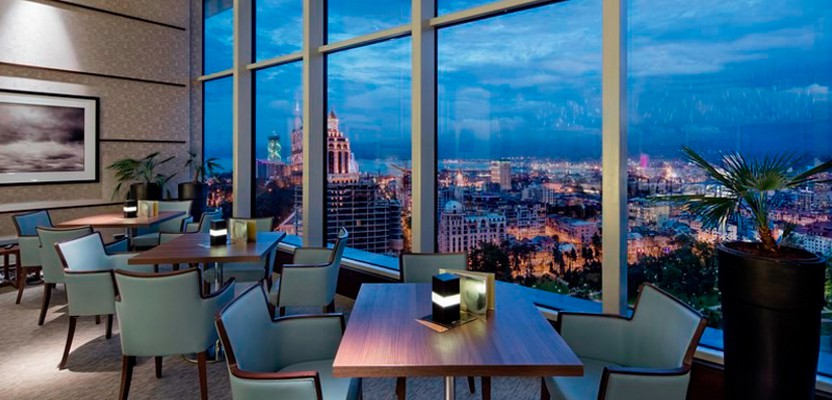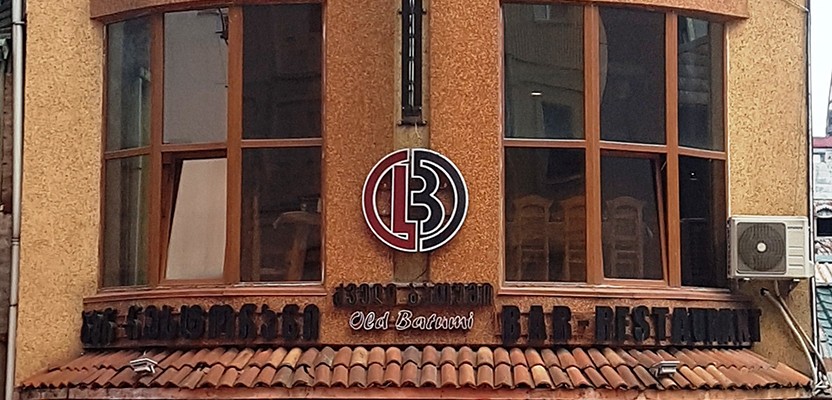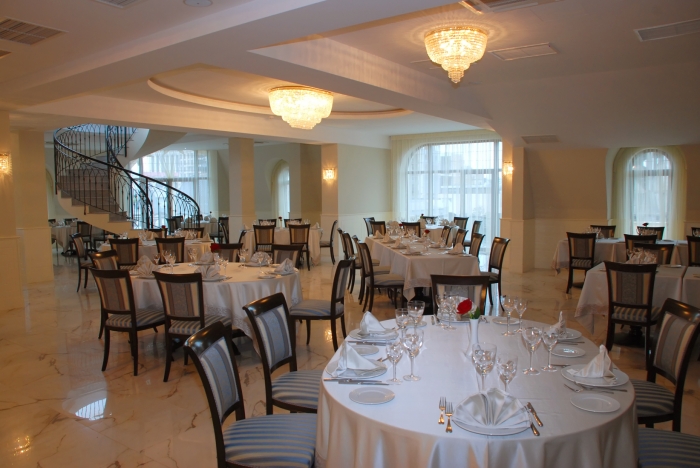Petra fortress has seen many wars. Researchers estimate that a fortress mentioned multiple times in Shota Rustaveli’s “The Knight in the Panther’s Skin” refers to Petra fortress.
The inaccessible Petra acropolis stood on the rocky hill by the sea. Its name Petra comes from Greek and means a stone or a cliff. Remnants of the fortress, the castle and soldier housing are still maintained besides VI-VII century basilica foundation which served as Petra’s episcopal seat.
Petra fortress attracted researchers’ attention a long time ago. Since 30-ies of XIX this fortified city has been the hot topic of discussions among historians. As a result of the excavation, a rich tomb was discovered here with a crystal placed in the golden framing. The item is kept in Hermitage at present. The studies of the unearthed treasure revealed that in the first centuries A.D. Petra fortress was the residential seat of Eristavi royalty.
Due to its strategic location for military and trade activities, this site attracted Byzantium as well. Before they constructed the large fortified city, a small Laz fortification stood here. In VI (535), by decree of the Emperor Justinian, a fortress was built in this place which was named after him as ‘The city of Justinian’. In Middle Ages, Petra fortress was called the ‘Castle of Kajeti’ or a castle of mischievous spirits. The records of Ambrogio Contarini, a Venetian nobleman and ambassador, indicate that in 70-ies of XV century, a small city was located here which he refers to as ‘a Castle of Kajeti’.
Archaeological activities have been undergoing since 1987 on the site. Petra fortress museum-reserve has been operating since 1989. It stores archaeological material that contains items ranging from the Bronze Age to the Middle Ages. These items include Architectural fragments, mosaic elements, VIII-VI century stable remnants, an altar of sacrifice, and IV-V century building residues, ceramic items, coins, etc. Petra fortress which has witnessed countless wars is visible from the sea as well. Its mossy structure inspires thoughts about the past in an onlooker.
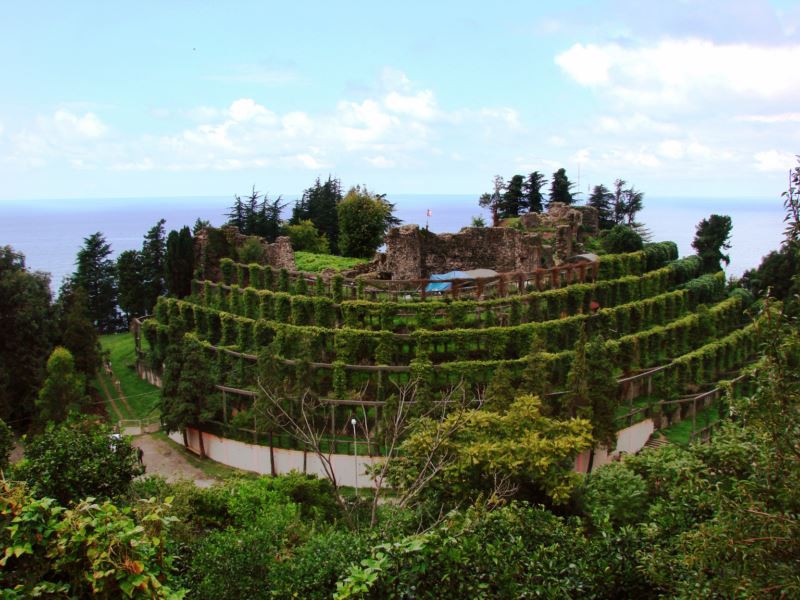
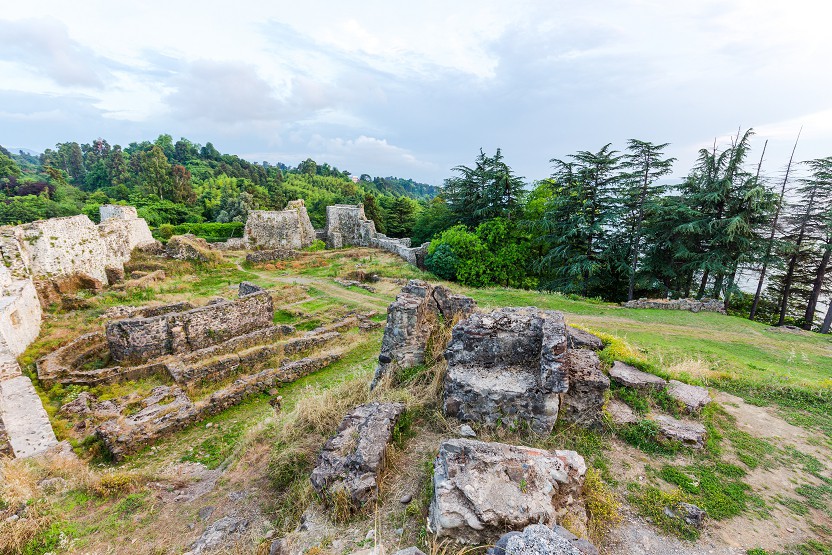
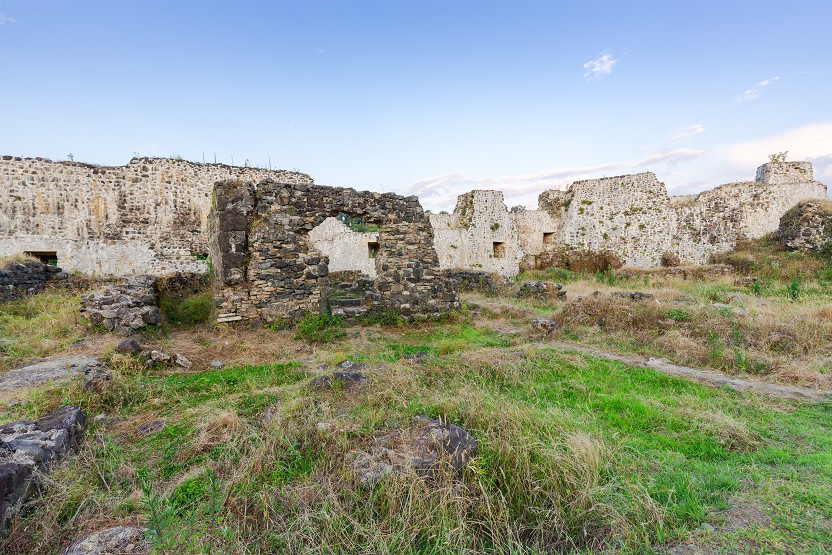







 Petra Fortress
Petra Fortress


